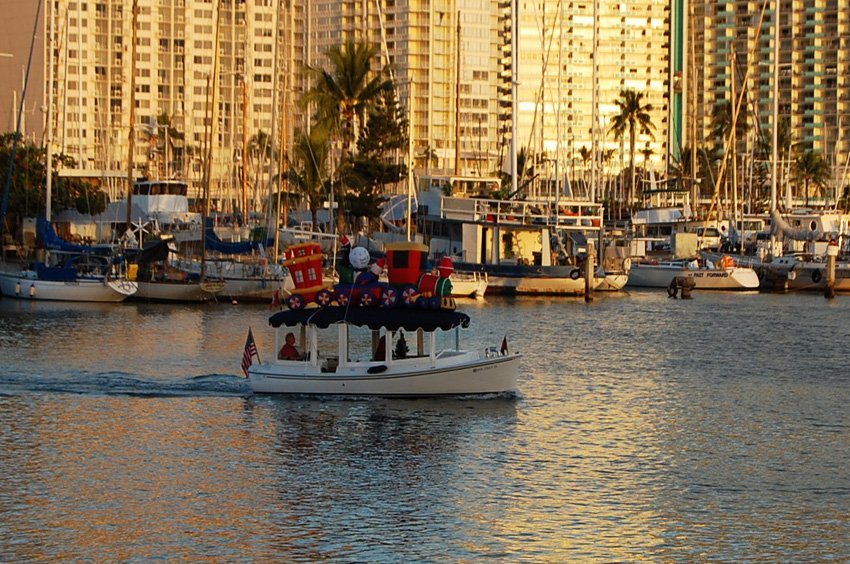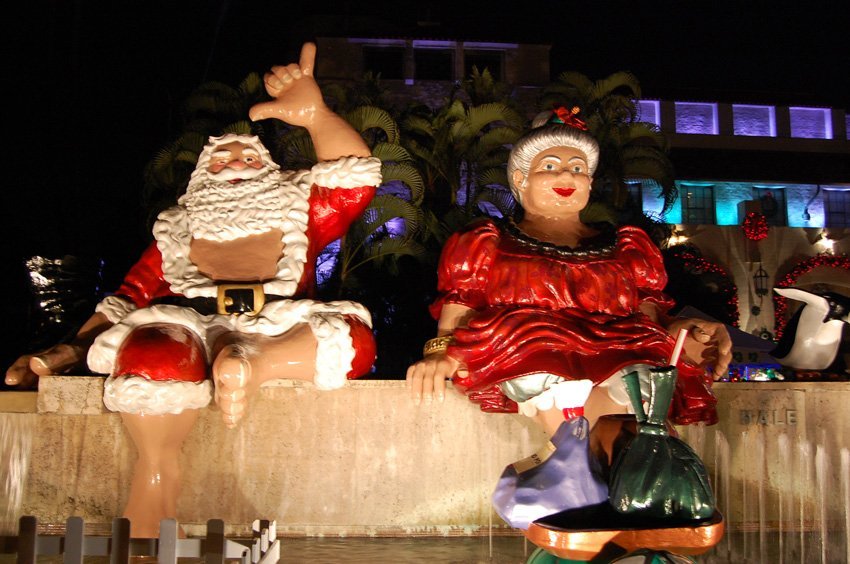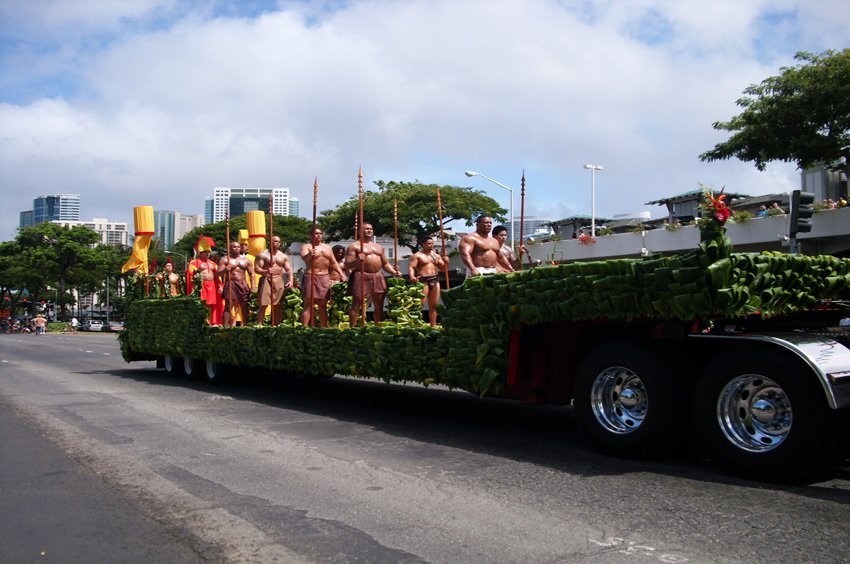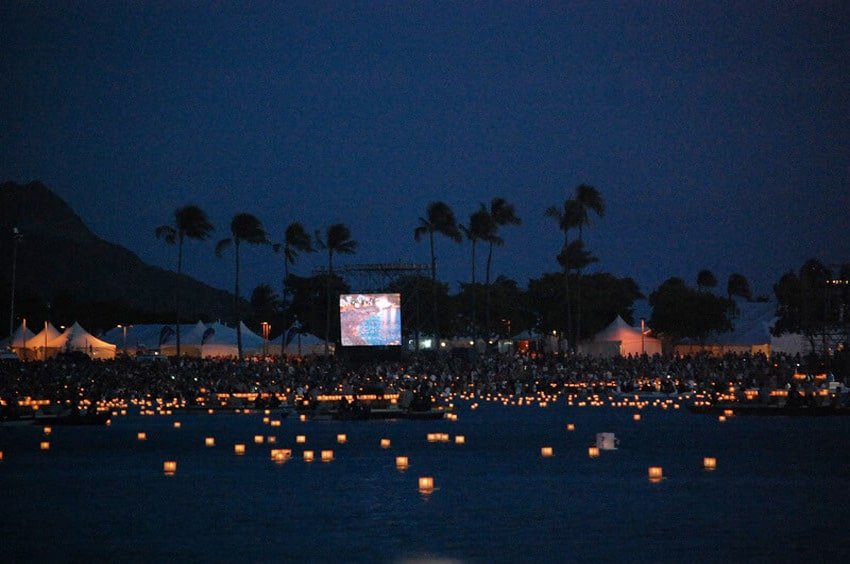Hawaiian Holidays
Holidays Observed in Hawaii
Besides recognizing U.S. national holidays (besides Columbus Day), Hawaii also observes three unique state holidays. These days are Prince Jonah Kuhio Kalanianaole Day, King Kamehameha I Day and Admissions Day. On these observed holidays, most banks and state agencies are closed.
Because Hawaii is such a melting pot of cultures, there are a handful of other holidays that are celebrated "unofficially" by residents of Hawaii. The most popular of these holidays are: May Day or "Lei Day," Boy's Day, Girl's Day and Chinese New Year. Here's a sneak peak at the background of these Hawaiian holidays.
Prince Jonah Kuhio Kalanianaole Day
This day is more commonly referred to as "Kuhio Day." It takes place annually on March 26th. The holiday was established back in 1949 to celebrate the birthday of Prince Jonah Kuhio Kalanianaole.
Prince Kuhio was born on Kauai in 1871 to High Chief David Kahalepouli and Princess Kinoiki Kekaulike. He went on to serve as the second delegate to U.S. Congress from 1903-1921. He is most remembered for getting Congress to designate public land for Native Hawaiian families to homestead on.
Prince Kuhio Day is celebrated by a parade on the island of Oahu and with statewide canoe races and luaus.
King Kamehameha I Day
This day is more commonly referred to as "Kamehameha Day." It takes place annually on June 11th. The holiday was established back in 1871 by King Kamehameha V in honor of his great-grandfather Kamehameha the First. Kamehameha Day is the only holiday that was established by royal proclamation that is still officially observed by the state of Hawaii.
King Kamehameha was born on the Big Island of Hawaii between the years 1740-1758. He was the son of Chief Keoua Kupuapaikalani and Kekuiapoiwa. He was raised by foster parents and trained in the art of battle. Kamehameha is remembered for fearlessly unifying the Hawaiian islands and becoming the first unified ruler of the islands in 1795.
King Kamehameha Day is celebrated with parades, hula, music festivals and the draping of a huge statue of the late king with flower leis.
Admissions Day
Admissions Day is also called "Statehood Day," although it is rarely called that by residents. Admissions Day is observed annually on the third Friday of August to celebrate Hawaii becoming the 50th state of America.
Hawaii became recognized as a state of the U.S. in 1959. Representatives for Hawaii as a U.S. territory had been trying to get the Hawaii Statehood Bill passed for fifty years. It took five failed attempts (1919, 1931, 1935, 1947, 1950) before the bill was finally passed and signed by President Eisenhower on August 21, 1959.
May Day
May Day is also known as "Lei Day" in Hawaii. It is celebrated annually usually during the first week of May. The holiday was established back in 1928 to celebrate the making and wearing of the flower lei. It seemed appropriate to have this "Lei Day" fall on May Day.
May Day is celebrated statewide by the wearing of leis, parades and school programs depicting the traditional Hawaiian court. School children usually participate in festivities during May Day.
Boy's Day
Boy's Day is also referred to as Tango no Sekku in Hawaii. It is a Japanese holiday that originated back between the years of 593 A.D. to 629 A.D. It was brought to Hawaii by Japanese immigrants.
Boy's Day is celebrated annually on May 5th. Local families hang large kite-like carps (koi fish) that are suspended on thin bamboo poles from their homes. Families will hang one carp for every boy in their household. The carps represent strength and power. They are thought to bring courage and the ability to meet goals to the boy that they represent.
Boy's Day is also celebrated in Hawaii with festivals where children can create their own carp kites, have their faces painted and eat Japanese food.
Girl's Day
Girl's Day is also referred to as Hina Matsuri in Hawaii. It is a Japanese holiday that originated in Japan as a Shinto purification ceremony during spring. It was brought to Hawaii by Japanese immigrants.
Girl's Day is celebrated annually on March 3rd. Local families display collections of beautiful dolls that represent the Japanese court. Often times, girls will receive additional dolls for their collection on this day.
Girl's Day represents peace, composure and beauty. It is a celebration of all things feminine and is a day to wish happiness and marriage onto young women.
Girl's Day is often celebrated by eating diamond shaped mochi (sweetened pounded rice cakes), parades, wearing and displaying of traditional Japanese attire (kimonos) and dancing.
Chinese New Year
Chinese New Year is celebrated annually between late January and mid-February in Hawaii. During this time, many local people greet each other by saying, "Gung Hee Fat Choy" or "Happy New Year."
Chinese New Year has been celebrated in China for millennia. It was most likely brought to Hawaii around 1855, when a surge of Chinese immigrants entered Hawaii to work on the plantations. In Hawaii, the holiday is celebrated with tea ceremonies, parades, firecrackers, the annual Narcissus Festival Pageant and lion dances.
The Lion Dance is the most popular way to celebrate the Chinese New Year. During the dance, two people crouch in an elaborate lion costume. The lion dances to the beat of a drum. Local people feed the lion money for good luck, happiness and prosperity. The lion is said to ward off evil spirits.
































